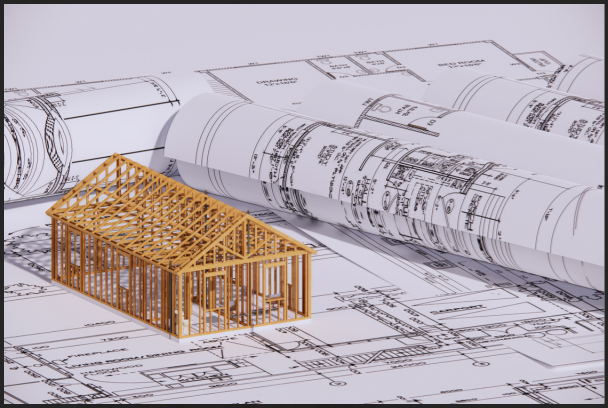.png)
The ROI of BIM: Does Better Estimation Translate to Better Buildings?
Building Information Modeling (BIM) is more than a buzzword in the Architecture, Engineering, and Construction (AEC) industry. It's a revolutionary approach to changing how we design and build. But how does this translate to Return on Investment (ROI), and more importantly, does better estimation lead to better buildings?
Better Estimation Through BIM
BIM technology, like BidLight, offers a comprehensive view of a project before construction begins. Here's how it improves estimation:
• Accurate Costs: Predicts labor, equipment, and material costs.
• Time Savings: Provides instant timelines for project completion.
• Detailed Breakdowns: Offers a clear view of costs and schedules.
BIM's Impact on Building Quality Does this improved estimation lead to better buildings? Here's the evidence: • Fewer Errors: BIM's precision minimizes mistakes during construction. • Cost Savings: Accurate estimates prevent budget overruns. • Enhanced Collaboration: BIM fosters collaboration between stakeholders, ensuring alignment with the project goals. The Real ROI So, what's the bottom line when it comes to ROI? • Investment in Quality: BIM isn't just about saving money; it's about investing in quality, sustainable buildings that stand the test of time. • Time is Money: By reducing errors and improving efficiency, BIM saves valuable time, translating to financial savings. • Sustainability: BIM's precise planning leads to more environmentally friendly construction. Conclusion The ROI of BIM goes beyond mere numbers. It's about constructing buildings that are not just cost-effective but quality-driven and sustainable. Better estimation doesn't just translate to better facilities; it paves the way for a better future in construction. 